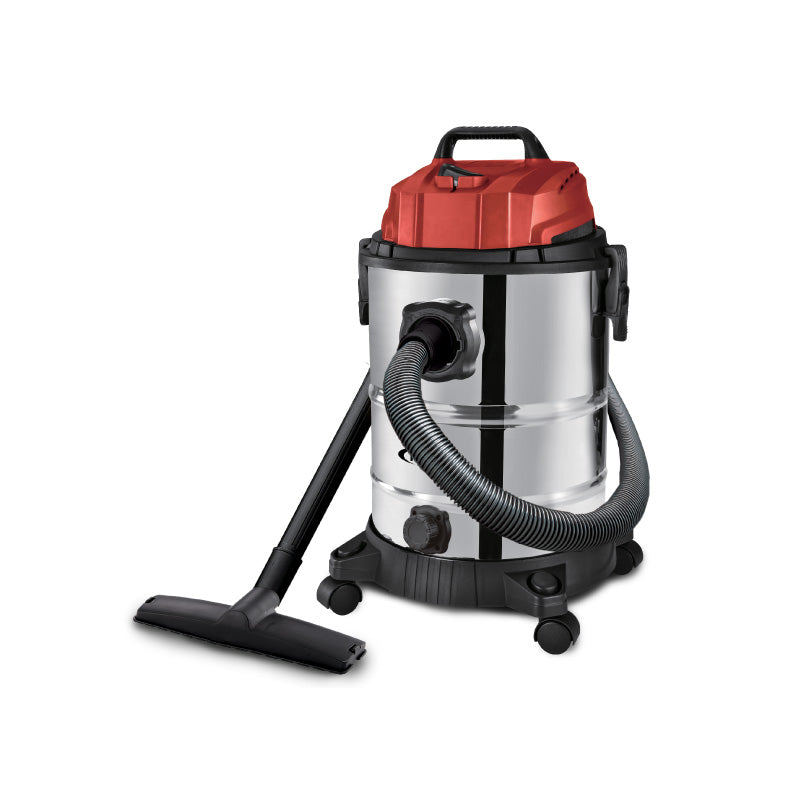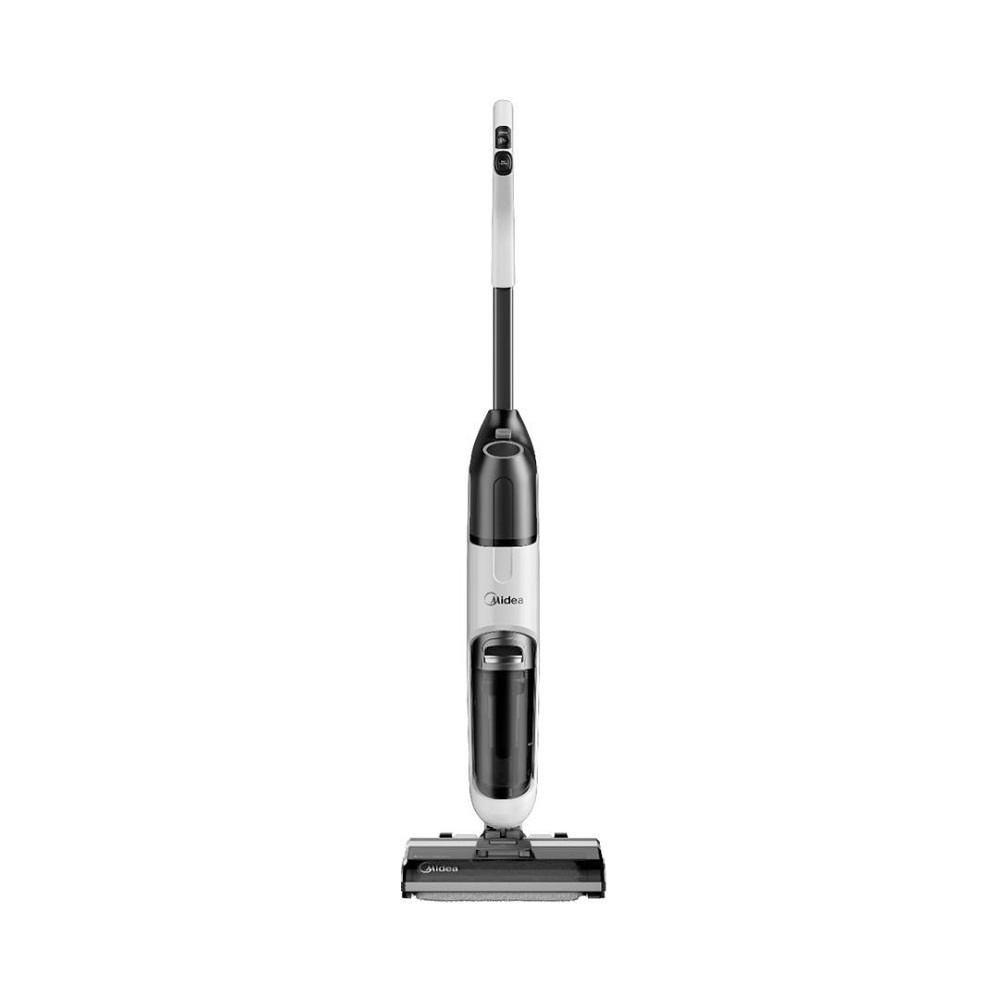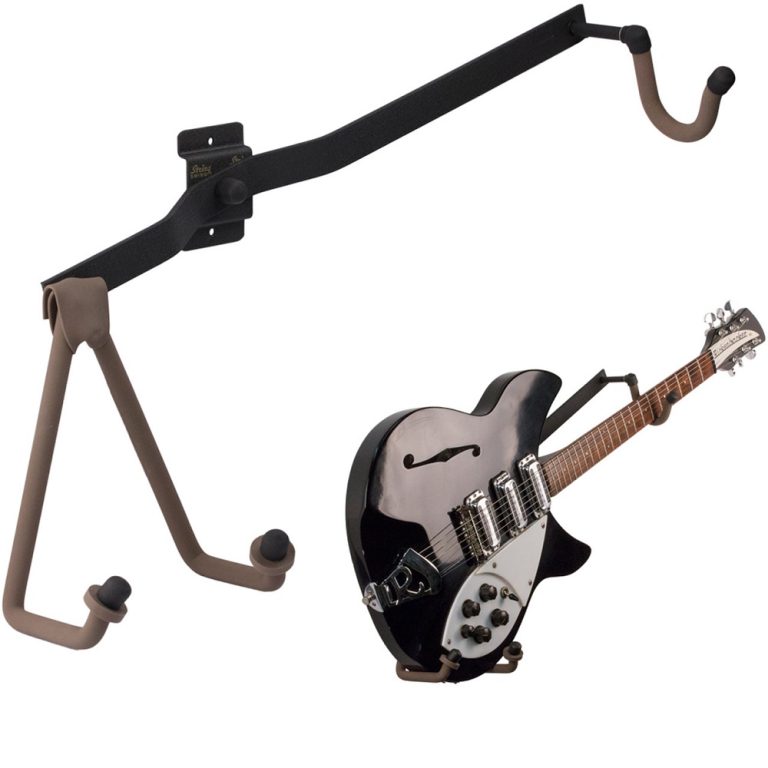Vacuum cleaners are essential tools for maintaining the cleanliness of our homes, but they don’t last forever. When it’s time to say goodbye to your old vacuum, think about its environmental impact. Disposing of appliances like vacuums can contribute significantly to landfill waste if not done responsibly. Fortunately, there are many eco-friendly methods to dispose of your vacuum cleaner that allow you to help reduce its ecological footprint. This guide explores ten practical and sustainable ways to dispose of your vacuum cleaner, ensuring that you make an informed and positive choice for the environment.
Donate to a Local Charity
Finding a New Home for Your Vacuum Cleaner
One of the easiest and most impactful ways to dispose of your vacuum is by donating it. Many local charities, shelters, and community organizations accept functional appliances. Before donating, ensure the vacuum is clean and in good working order. Some organizations may even pick up your items, making this an easy option. Consider looking into local thrift stores, shelters, or churches that may need cleaning supplies and appliances.
Checking Donation Guidelines
Before making a donation, confirm the organization’s guidelines on accepting appliances. Some may only accept certain models or brands, while others might have restrictions based on the condition of the item. When you donate, you not only give your vacuum a new lease on life but also help someone in need. You’ll contribute to your local community while reducing waste.

Recycle the Components
Recognizing Recyclable Materials
Recycling is another effective way to dispose of your vacuum cleaner responsibly. Many vacuums contain various materials, including metal, plastic, and rubber, which can be recycled. Start by disassembling your vacuum and separating the components. Identify materials that can be recycled through local facilities. Common recyclable parts include metal motors, hoses, filters, and plastic casings.
Finding a Recycling Facility
Check with your municipality to see if they have programs for recycling small appliances. Many cities provide specific drop-off sites that accept e-waste or electronic appliances. Additionally, some recycling centers might offer services for collecting small appliances, ensuring that the materials can be processed properly. By recycling the components of your vacuum cleaner, you contribute to reducing landfill waste and support the recycling industry.
Upcycle for Creative Projects
Getting Creative with Old Parts
Instead of discarding your vacuum cleaner, consider upcycling it into something new and creative. Upcycling involves transforming an old item into something useful or decorative. For example, you could repurpose the vacuum hose as a new tool for your workshop, or use the vacuum body for storage. The wheels can be transformed into mobile storage carts or toy cars—your imagination is the limit.
Sharing DIY Projects
Engaging in upcycling projects can be a fun and fulfilling way to spend your time. Once you’ve completed a project, share your creation on social media or DIY forums to inspire others to think creatively about their waste. Upcycling promotes resourcefulness and highlights the importance of reusing materials instead of throwing them away, creating a mindset of sustainability.

Manufacturer Take-Back Programs
Leveraging Take-Back Initiatives
Many manufacturers and retailers understand the importance of responsible disposal and have initiated take-back programs for their products. Check with the brand of your vacuum cleaner to see if they offer a take-back program. These initiatives typically allow consumers to return old appliances directly to the manufacturer for recycling or refurbishment.
Benefits of Using Manufacturer Programs
Participating in a take-back program ensures that your vacuum is disposed of in an environmentally friendly way. Manufacturers often have the resources and expertise to recycle and reclaim valuable materials. This option not only helps the environment but also streamlines disposal for consumers, reducing the burden on individuals. When you buy a new vacuum, inquire about this option, as some manufacturers provide discounts or rewards for returning old models.
Consider Repair or Refurbishment
Repairing Before Disposal
Before deciding to dispose of your vacuum cleaner, assess whether it can be repaired or refurbished. Many vacuums can be fixed with minor adjustments or new parts. Instead of viewing your old appliance as waste, check if local repair shops or DIY enthusiasts can breathe new life into it. Perhaps a simple belt replacement or cleaning out clogged components can make it functional again.
Benefits of Repairing
Repairing not only extends the life of the vacuum but also reduces the waste generated in the long run. Additionally, by supporting local repair shops, you contribute to the economy and foster a culture of sustainability. Trying to fix your vacuum before disposal encourages a mindset of valuing products and reducing consumer culture focused solely on convenience.
Participate in E-Waste Collection Events
Understanding E-Waste Regulations
Many cities organize e-waste collection events that allow residents to drop off old electronics, including vacuum cleaners and other small appliances. These events are designed to properly dispose of items that contain hazardous materials or that are challenging to recycle through standard recycling streams.
Checking for Events
Stay informed about local e-waste events by checking your city’s official website or signs posted at community centers. Participating in these events ensures that your vacuum is handled correctly, allowing hazardous materials to be disposed of safely. Alongside vacuum cleaners, you can often find options for disposing of various electronic devices, which further supports your commitment to environmental responsibility.

Return to Retailers
Inquiring About Retail Take-Back Options
Some retailers and large electronics chains offer take-back options for customers purchasing new appliances. When you upgrade your vacuum, ask whether the store has a take-back program. Many retailers partner with manufacturers to facilitate the collection and responsible disposal of old appliances.
Benefits of Retailer Programs
Returning your old vacuum cleaner at the time of purchasing a new one not only streamlines the process but also ensures that the model is disposed of responsibly. Retailers often simplify the logistics of disposal, allowing consumers to focus on enjoying their new vacuum cleaner without worrying about environmental impacts.
Dispose of Non-Recyclable Components Safely
Identifying Non-Recyclable Parts
While many parts of your vacuum can be recycled, some components may not be suitable for standard recycling methods. These might include certain electronics, batteries, or materials that local recycling centers do not accept. Identifying non-recyclable parts is essential for responsible disposal.
Using Landfill Alternatives
For components that cannot be recycled, check if your local waste management facility offers environmentally friendly disposal options. Some facilities have special procedures for disposing of hazardous materials, including batteries or electronic components. Always read the disposal guidelines for your area to ensure compliance with local regulations and minimize your impact on the environment.
Educate Others About Eco-Friendly Disposal
Creating Awareness in Your Community
One of the most effective ways to promote sustainable disposal practices is by educating friends, family, and your local community. Share the information you’ve learned about eco-friendly disposal methods for household appliances. Discuss how responsible practices contribute to a healthier environment and help build a culture of sustainability.
Organizing Community Events
Consider organizing workshops or community events focused on responsible disposal and upcycling practices. Collaborate with local environmental organizations or schools to create awareness about the impact of waste on the planet. When a community takes collective action, it amplifies the message of sustainability and encompasses a broader audience.
Reflect on Your Consumer Habits
Evaluating Appliance Choices
As you navigate the disposal of your vacuum cleaner and embrace eco-friendly methods, take a moment to reflect on your purchasing habits. Consider investing in high-quality, durable appliances designed for long-term use rather than disposable models that contribute to waste. Research products that emphasize sustainability, energy efficiency, and repairability.
Shifting Your Mindset Toward Sustainability
Shifting your perspective toward sustainability can significantly impact your consumption patterns. Pay attention to manufacturers that practice sustainable sourcing and production. By choosing products made with environmentally friendly materials and significant attention to their lifecycle, you actively participate in a more sustainable economy.
Conclusion
Disposing of your vacuum cleaner doesn’t have to contribute to environmental harm. By exploring these ten eco-friendly methods, you can minimize waste and make more sustainable choices. Each method offers a way to consider the lifecycle of your appliances and encourage a culture that values sustainability.
Taking responsibility for how you dispose of your vacuum cleaner might inspire others to adopt similar practices. Building awareness of eco-friendly disposal options helps create a healthier planet for future generations. As you navigate the ways to manage your appliances, recognize the power of informed choices and the positive impact they can have on our environment. Embrace these methods to ensure that your cleaning tasks align with your commitment to sustainability.


